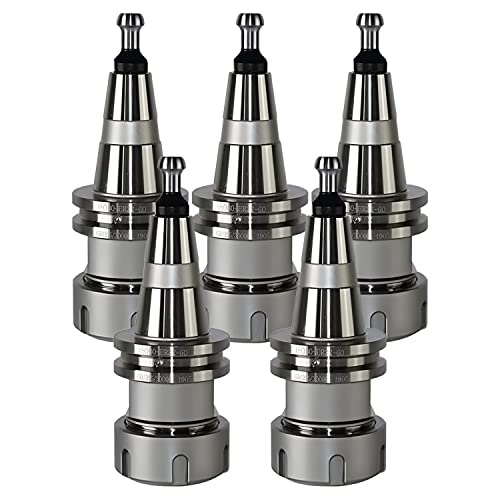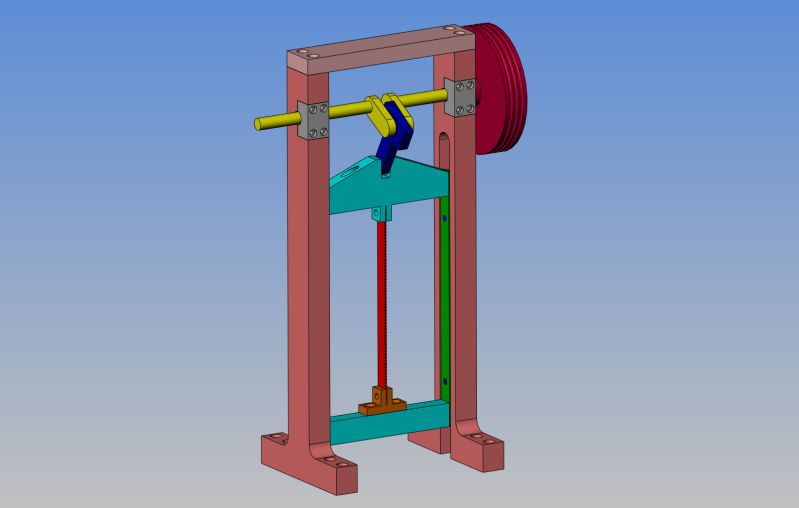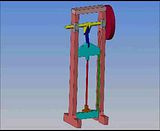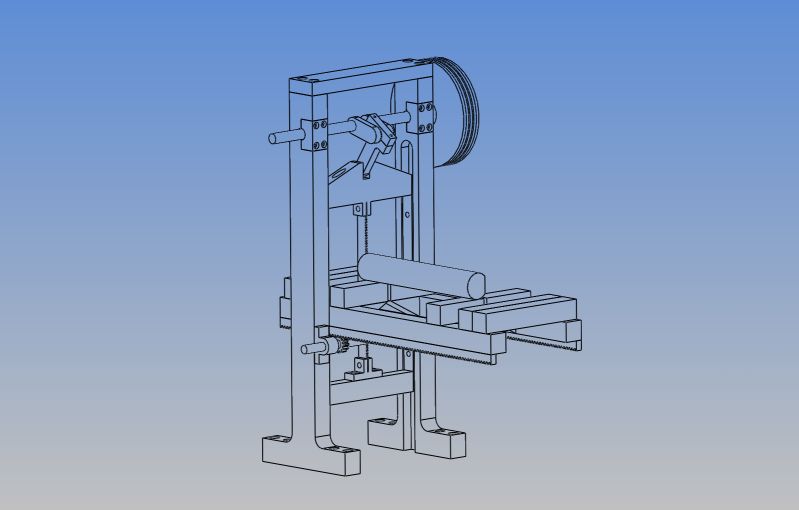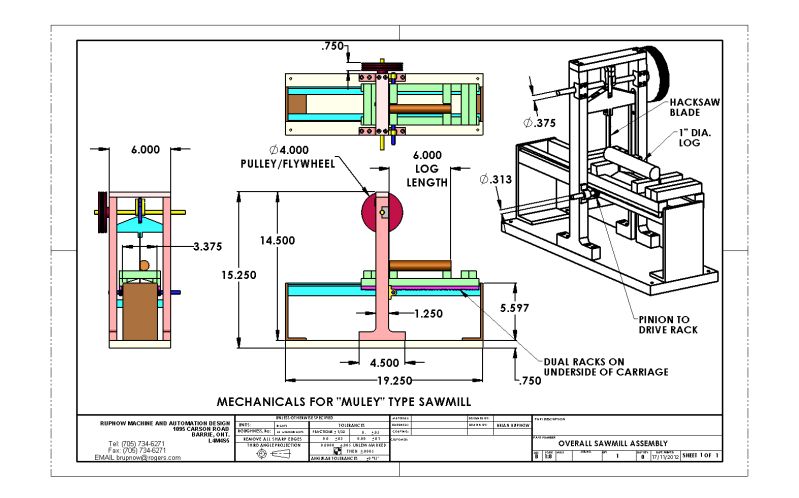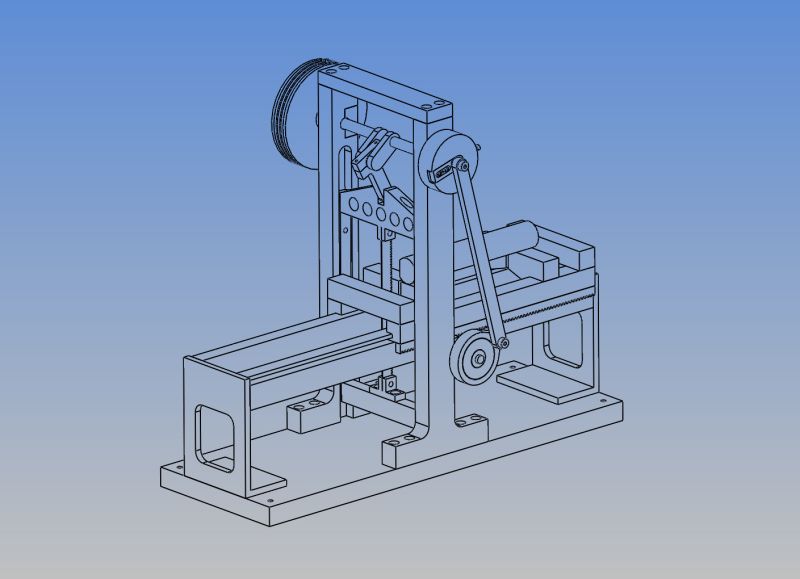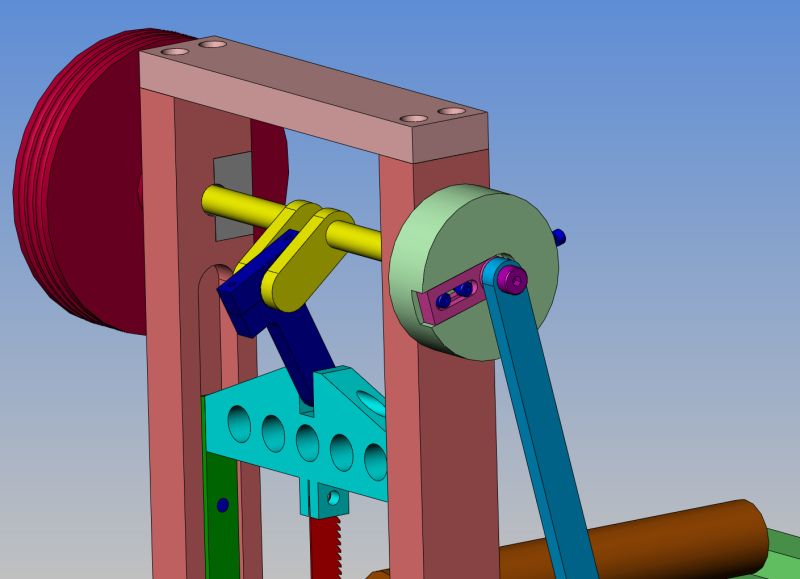Brian you don't need a gear cutter to do ratchet wheels, a standard end mill will do the job, just set it so the edge of the cutter is on centre line or the ratchet wheel. Or for a better undercut a simple singel point tool can be made like a fly cutter.
I have done a few for the tarchet lubricators on traction engines, each stroke of the valve rod gives about 1/40 to 1/60 of a turn to teh pump ram.
A #1 cutter in any DP will cut the correct profile for a straight rack, you may have to make it in sections if you don't have ahorz. mill.
J
I have done a few for the tarchet lubricators on traction engines, each stroke of the valve rod gives about 1/40 to 1/60 of a turn to teh pump ram.
A #1 cutter in any DP will cut the correct profile for a straight rack, you may have to make it in sections if you don't have ahorz. mill.
J





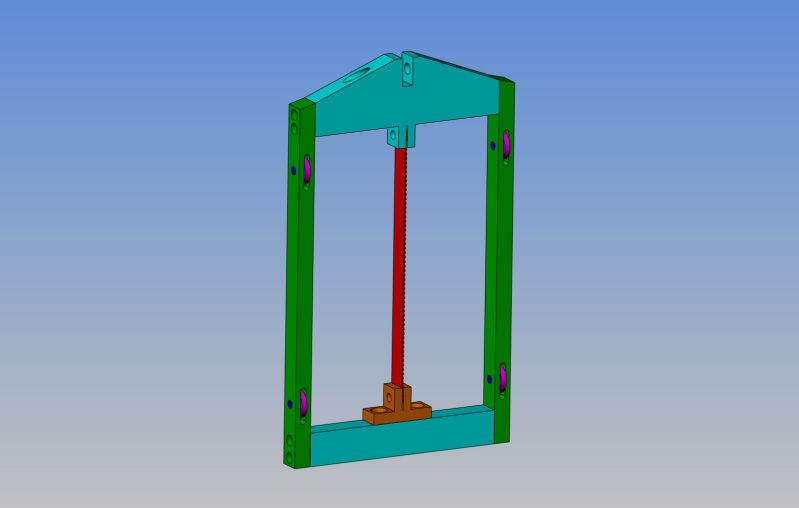



















![TurboCAD 2020 Designer [PC Download]](https://m.media-amazon.com/images/I/51UKfAHH1LL._SL500_.jpg)




























![DreamPlan Home Design and Landscaping Software Free for Windows [PC Download]](https://m.media-amazon.com/images/I/51kvZH2dVLL._SL500_.jpg)






